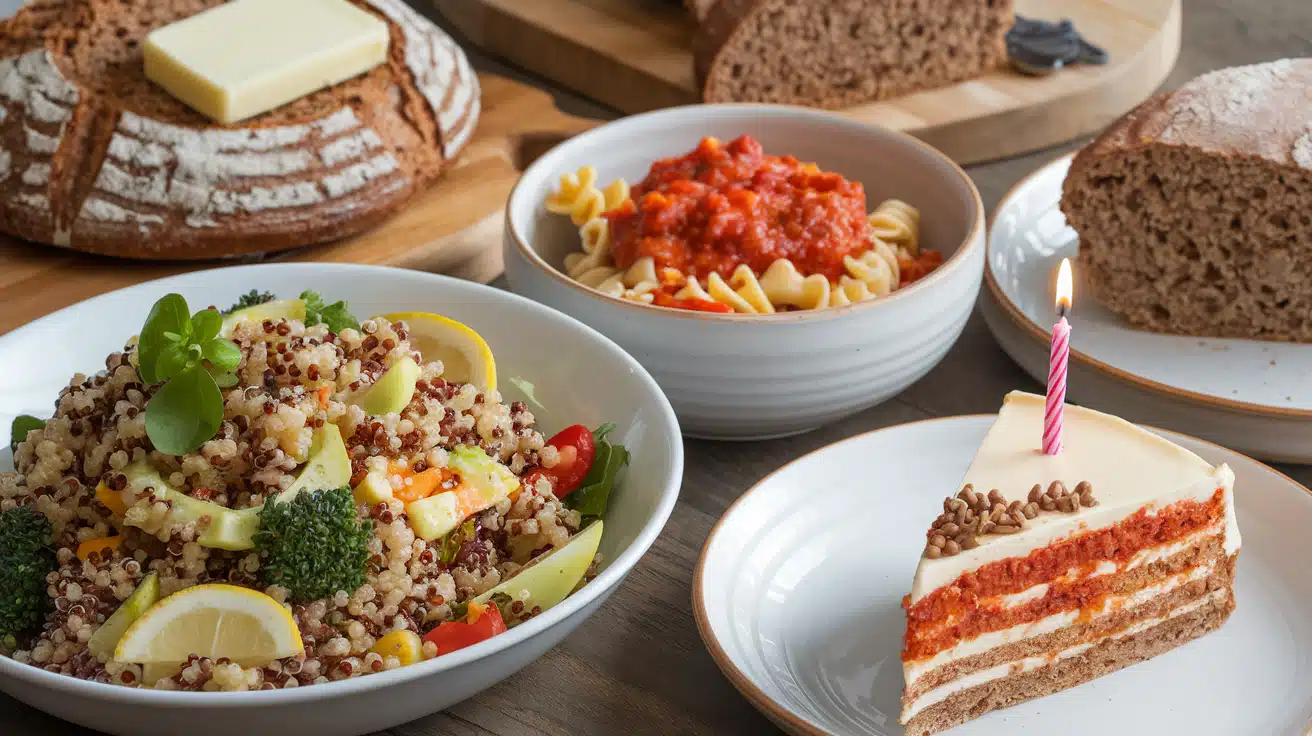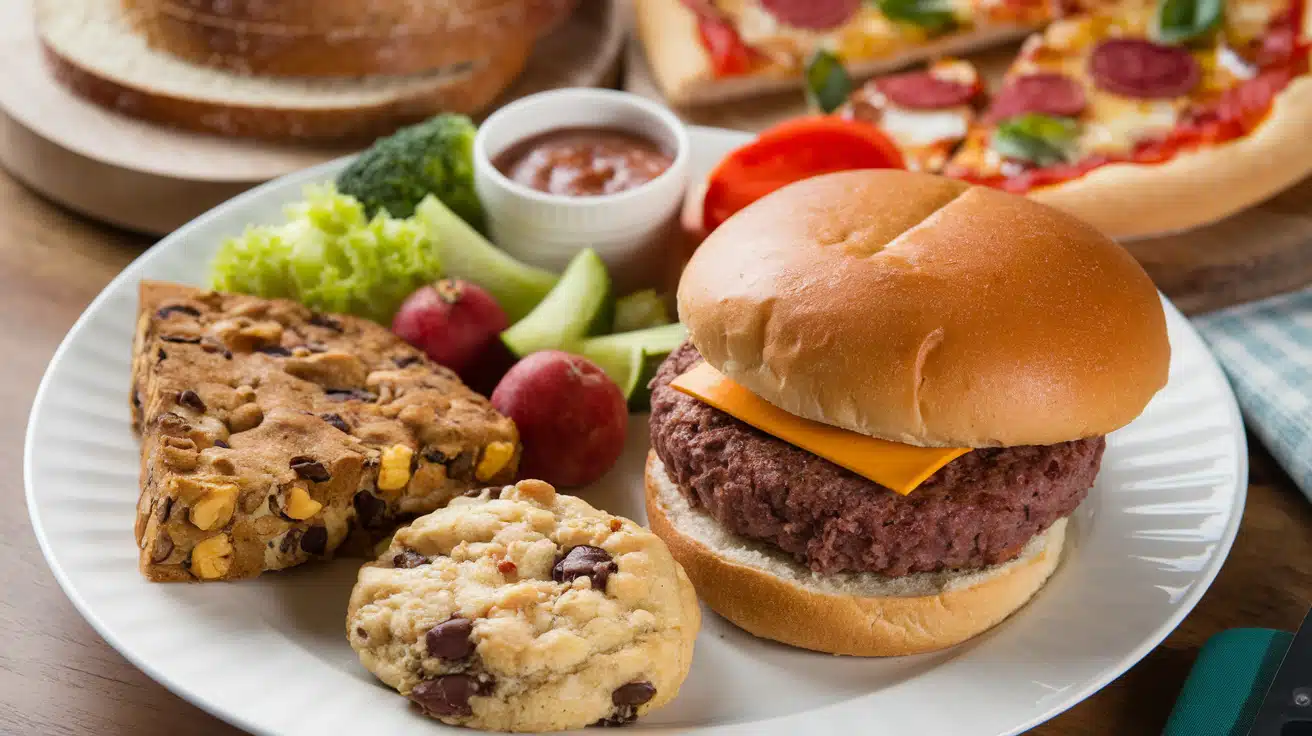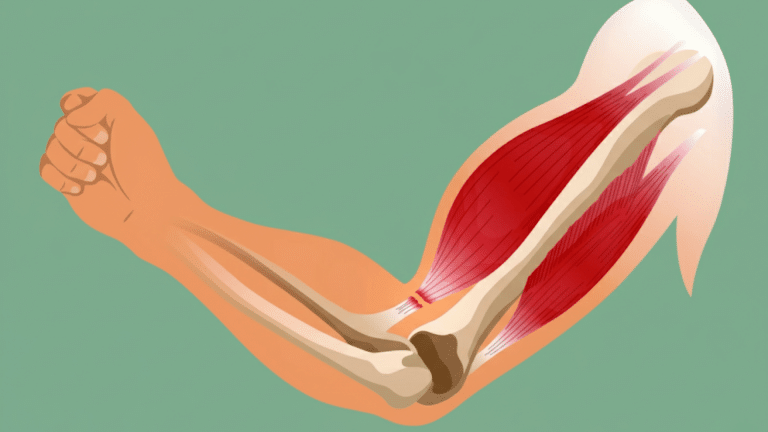You pick up a shiny pack of gluten-free cookies at the store, convinced you’ve found a guilt-free, low-carb snack.
But here’s the catch: many gluten-free foods actually contain just as many carbs or sometimes even more than their regular versions.
This confusion is common because people often assume “gluten-free” automatically means “low-carb.”
For yoga practitioners and fitness enthusiasts, this distinction is more than trivia; it can directly affect your energy, recovery, and overall performance.
In this blog, we’ll answer the key question: does gluten-free mean no carbs?
We’ll also examine how gluten-free and low-carb diets differ, where they overlap, and how you can make more informed food choices to fuel your practice and workouts effectively.
Does Gluten-Free Mean No Carbs?
The short answer: Absolutely not.
Gluten-free products only remove gluten proteins, not carbohydrates. Think of gluten as a specific protein found in wheat, barley, and rye.
When manufacturers create gluten-free alternatives, they replace wheat flour with other carbohydrate-rich ingredients, such as rice flour, potato starch, or tapioca.
Here’s what might surprise you: Many gluten-free products contain equal or even higher carb counts than their traditional versions.
That gluten-free pasta? It’s still loaded with carbohydrates.
Gluten-free bread often packs extra starches to achieve the right texture. Even gluten-free cookies and crackers maintain their carb content through alternative flours and sweeteners.
Gluten-Free Diet Basics
Gluten is a protein that gives bread its chewy texture and helps baked goods hold their shape. It’s naturally present in wheat, barley, rye, and foods made from these grains.
Who needs to avoid gluten?
- Celiac disease sufferers – Their immune system attacks the small intestine when gluten is consumed
- Non-celiac gluten sensitivity – People who experience digestive issues, headaches, or fatigue after eating gluten
- Personal choice – Some individuals feel better eliminating gluten from their diet
The gluten-free market has experienced significant growth, offering alternatives for virtually every wheat-based product. However, remember that these alternatives focus on removing gluten, not reducing carbohydrates.
Low-Carb Diet Basics
Low-carb diets limit carbohydrate intake, typically to 20-150 grams per day depending on the specific approach. This includes all carbs, from bread and pasta to fruits and vegetables.
Why do people choose low-carb?
- Weight management – Reducing carbs can lead to quick initial weight loss
- Blood sugar control – Fewer carbs mean more stable glucose levels
- Enhanced energy – Some people report sustained energy without carb crashes
- Metabolic benefits – May improve insulin sensitivity and fat burning
Popular low-carb approaches include keto, Atkins, and paleo diets. These focus on proteins, healthy fats, and non-starchy vegetables while minimizing all carbohydrate sources.
Is Gluten-Free the Same as Low-Carb?
These diets serve completely different purposes and rarely overlap naturally.
- Gluten-free eliminates specific proteins while maintaining carb content
- Low-carb restricts total carbohydrate intake regardless of gluten content
- You can eat high-carb, gluten-free foods (like rice and potatoes)
- You can consume low-carb foods with gluten (though this defeats the gluten-free purpose)
Common misconceptions: Many people assume gluten-free products are healthier or lower in calories. This isn’t true. Gluten-free doesn’t mean sugar-free, low-carb, or nutrient-dense. Some gluten-free products contain more calories and less fiber than their traditional counterparts.
Where they might overlap: Naturally gluten-free, low-carb foods do exist. Think eggs, meat, fish, cheese, nuts, and leafy greens. But processed gluten-free alternatives rarely fit low-carb requirements.
Conclusion
Comprehending that gluten-free doesn’t mean no carbs empowers you to make informed dietary choices.
Whether you’re managing celiac disease, exploring gluten sensitivity, or simply trying to optimize your nutrition for improved workouts, understanding the difference matters.
If you’re following a gluten-free lifestyle, you’ll still need to monitor carb intake if that’s your goal. Read nutrition labels carefully and focus on whole, unprocessed foods when possible. Rice, quinoa, and sweet potatoes are naturally gluten-free, but they are still high in carbs.
Ready to optimize your nutrition?
Start by reading labels more carefully and understanding what your body truly needs.
Consider consulting with a registered dietitian who can help create a plan that aligns with your health goals and dietary requirements.







